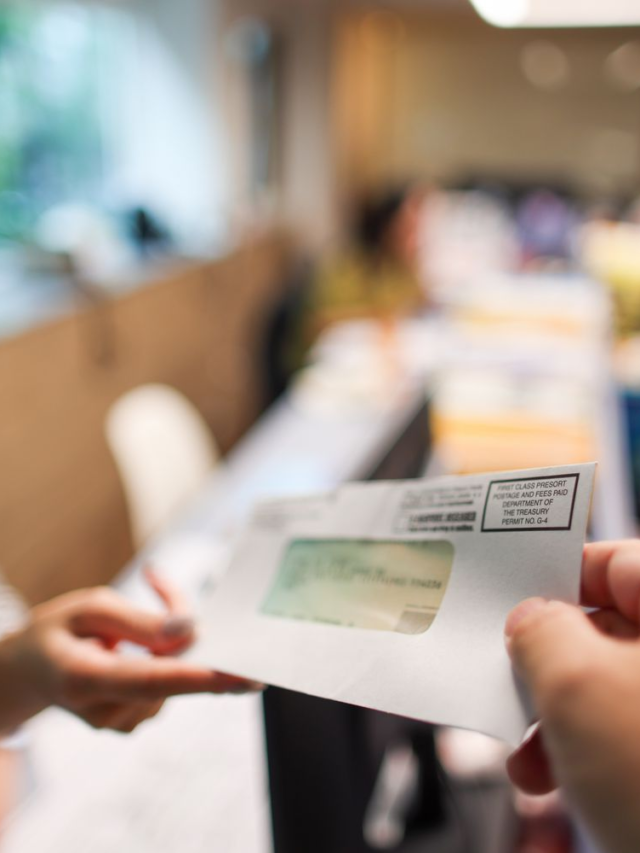Kawasaki Heavy Industries has introduced the Kawasaki Corleo Robot — a hydrogen-powered, four-legged robotic horse designed for riders. This futuristic concept was unveiled at the Osaka-Kansai Expo 2025, showcasing an innovative blend of artificial intelligence and clean energy technology aimed at navigating challenging terrain.
What is the Kawasaki Corleo Robot Concept?
The Kawasaki Corleo Robot features four independent robotic legs, each capable of moving on its own — much like a real horse. This setup gives the robot excellent balance and stability, allowing it to move smoothly across uneven and rugged surfaces.
At its core is a 150cc hydrogen engine, which generates electricity to power the robot’s limbs. By using hydrogen as a fuel source, Corleo positions itself as an eco-friendly mobility solution, ideal for off-road exploration with minimal environmental impact.
The design of the Corleo Robot draws inspiration from Kawasaki’s motorcycle lineup. It features a streamlined body made from a combination of metal and carbon fiber materials. At the front, it has a head-like shield that echoes the look of a motorcycle, complete with built-in lights for enhanced visibility in different lighting conditions.
More About Kawasaki Corleo Robot: A Real Horse
When Corleo, compared with other traditional vehicles, uses handlebars or steering wheels, the Kawasaki Corleo is controlled through the rider’s body movements. When the rider shifts their center of gravity, Corleo responds by adjusting its steps, just like a real horse. It also features a heads-up display (HUD) that shows real-time updates, including hydrogen levels, navigation data, and movement stability, like how the rider’s weight is distributed.
Corleo’s legs end in rubber “hooves” that provide excellent grip on both solid and soft ground, helping to keep the robot stable. It’s even capable of jumping over obstacles, though Kawasaki hasn’t yet shared detailed performance data like how high it can jump or how far it can travel.
At the moment, Corleo is still a concept model, so many technical specifications: such as speed, range, or battery life—haven’t been released. Kawasaki is aiming for a possible launch by 2050, but there’s no official timeline or guarantee it will reach the market.
Still, Corleo reflects Kawasaki’s vision for the future—combining robotics with clean energy to create new forms of sustainable, off-road personal transportation. It’s an exciting look at what might be possible in the decades to come.
What do you think about this technology, comment your answer below.






